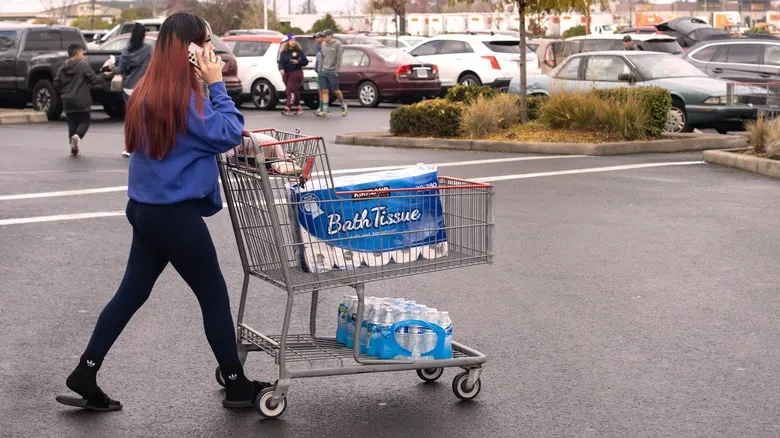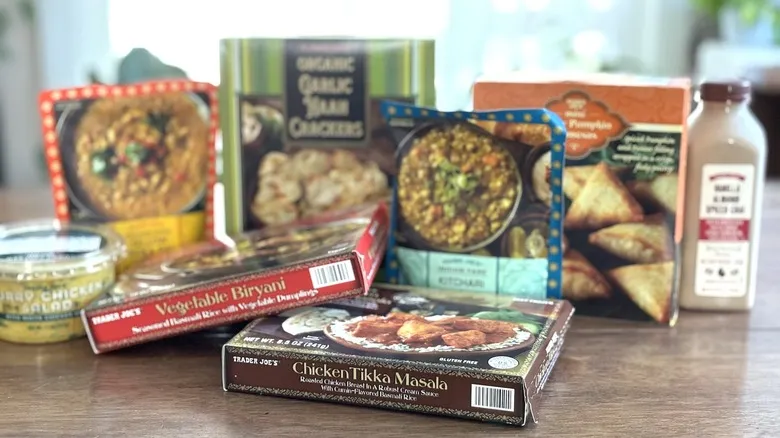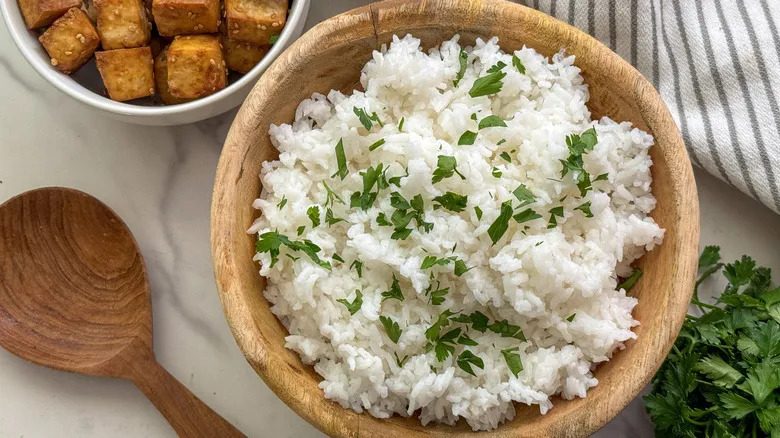Look for seconds and buy in bulk
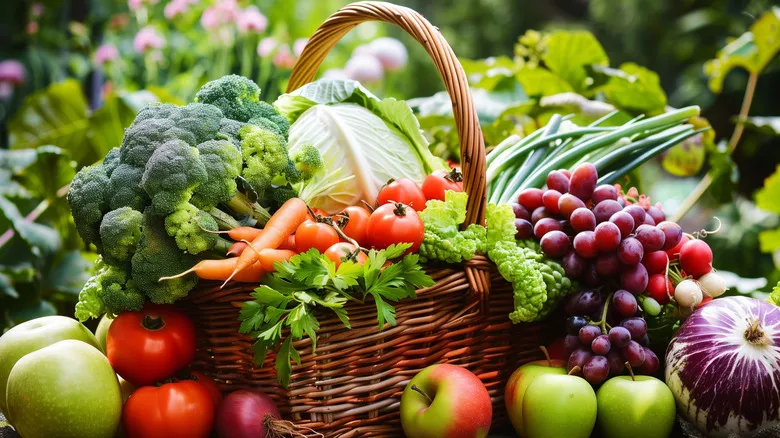
If you arrive earlier in the day, there are several additional tips to help you stay within your budget. Look for signs or boxes of produce labeled "seconds." You can also inquire directly with vendors about this option, as it may not always be advertised. "Seconds" refer to fruits and vegetables, and sometimes baked goods, that may not look perfect; they could be misshapen, bruised, or have other flaws. However, these imperfections do not impact their taste! Since they aren't suitable for display, farmers often sell them at a reduced price.
Another effective strategy is to buy in bulk. If you know you'll be using certain items frequently throughout the week, purchasing them in larger quantities can sometimes lead to savings. Ask vendors if they provide discounts for bulk purchases; buying a larger amount of a single item or doing most of your shopping at one stand often results in a price reduction. You can also store or preserve any items you don't use fresh right away.
Additionally, many farmers markets across the U.S. now accept EBT cards, thanks to programs like SNAP (Supplemental Nutrition Assistance Program), the largest anti-hunger initiative in America. Shoppers can visit the market manager's stand to swipe their EBT card, where they will receive tokens or vouchers to spend with various vendors (the process may differ by state or market). If you found these money-saving tips for farmers markets useful, be sure to check out Chowhound's article on saving money at Whole Foods.
Recommended
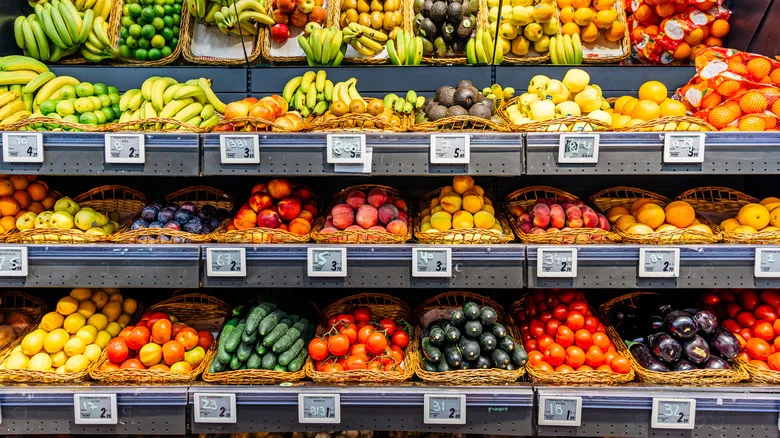
The Simple Tip That Saves You Money When Buying Produce

10 Store-Bought Carrot Cakes, Ranked Worst To Best
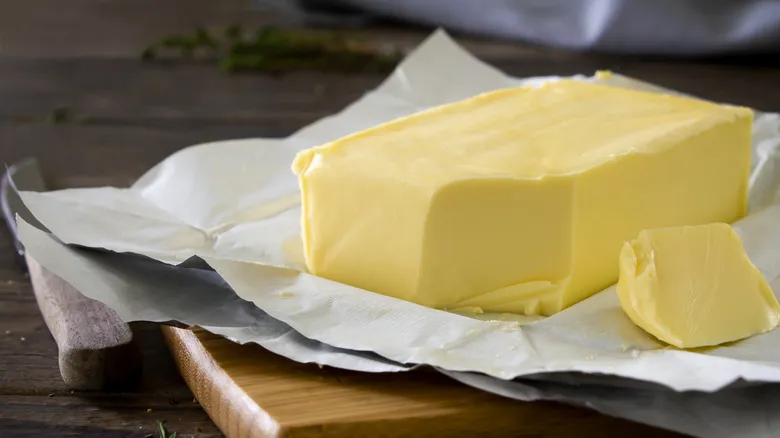
There's One Grocery Store Butter Brand That'll Always Have A Spot In Our Fridge
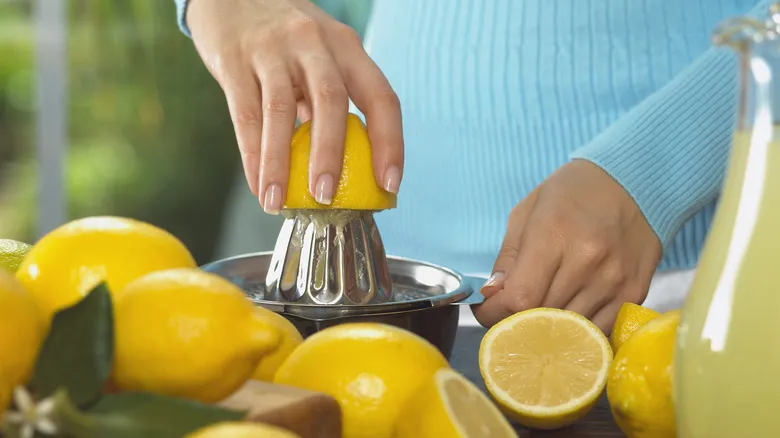
How Many Ounces Of Juice Are In One Lemon?
Next up



